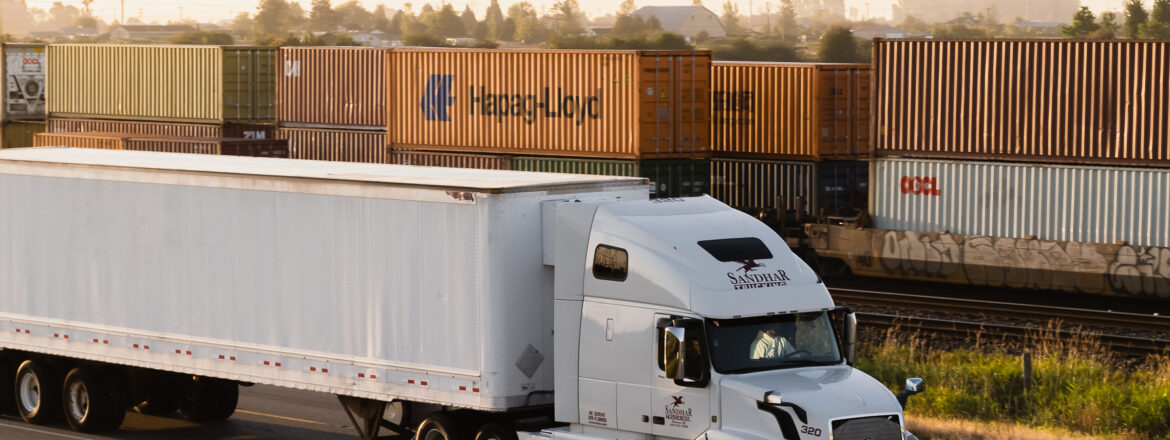Shipping LTL
Vancouver’s leader in trucking and warehousing has some valuable tips to help you up your freight game this quarter when it comes to shipping less-than-truckload (LTL).
Whether you’re a first-time shipper or you’re looking to up your freight game this quarter, choosing the Less-than-truckload (LTL) shipping method may be one of the best decisions for your business. We’ve got some valuable tips below to help this shipping journey flow smoothly and seamlessly.
What is Less-than-truckload (LTL) and What are the Pros and Cons?
LTL refers to the transportation method of goods that does not require the use of an entire truck. Instead of renting an entire truck, you will share the truck space with other shippers in LTL shipping. With the reduction in space occupied, so will the cost of shipping which is typically determined by the space used, class of item shipped, and pickup and destination locations. However, even though this shipping method brings cost savings and is small business friendly, challenges with respect to time sensitivity, carrier capacity, and errors in shipment details are common challenges associated with LTL shipping.
Here’s Our Guide to Preparing for LTL Shipments.
Preparation is the basis of success and ensuring that all the necessary details are taken care of helps reduce unnecessary costs, delays, and damaged goods.
1. Take Accurate Dimensions
You want to start off on the right foot and be precise when it comes to taking accurate measurements of the length, width, and height of your shipment. This helps to curb overspending, allows carriers to determine how much freight can fit in the trailer, and prevent costly adjustments later on.
2. Document Properly
The Bill of lading (BOL) is one of the most important pieces of documentation when shipping goods. It can be viewed as a receipt for the shipment and should be completed accurately and given to the carrier at the time of pick up.
3. Package and Label Correctly
Proper packaging is your cargo’s only line of defense when it comes to protecting your precious goods from any bumping and crushing along the way. LTL freight will encounter more frequent handling when compared to full truckload (FTL) and optimal packaging allows for your shipment to arrive at the final destination in good condition. We’ve got 5 top packaging tips on our previous blog here.
The correct labeling of your goods also goes a long way to making sure nothing gets mishandled or forgotten during the transportation process. As LTL shipping consists of multiple shippers using one trailer with different destinations, shippers, and handling instructions, having everything labeled properly will keep things running smoothly. Labels like “Handle With Care”, “Fragile”, and “Do Not Stack” will not only protect your goods but allow staff to handle your freight safely.
As one of the few companies in Canada offering seamless import/export, warehousing, and transport services across BC, Alberta, Ontario, and Quebec, we are truly a one-stop shop for all your transportation needs.
Whether you are importing or exporting goods or seeking LTL or FTL trucking services, our decades of experience as a leader in trucking and warehousing the BC will ensure that you receive the best care. Contact us today at (604)-276-9044 or info@sandhartrucking.com to learn how we can help.

